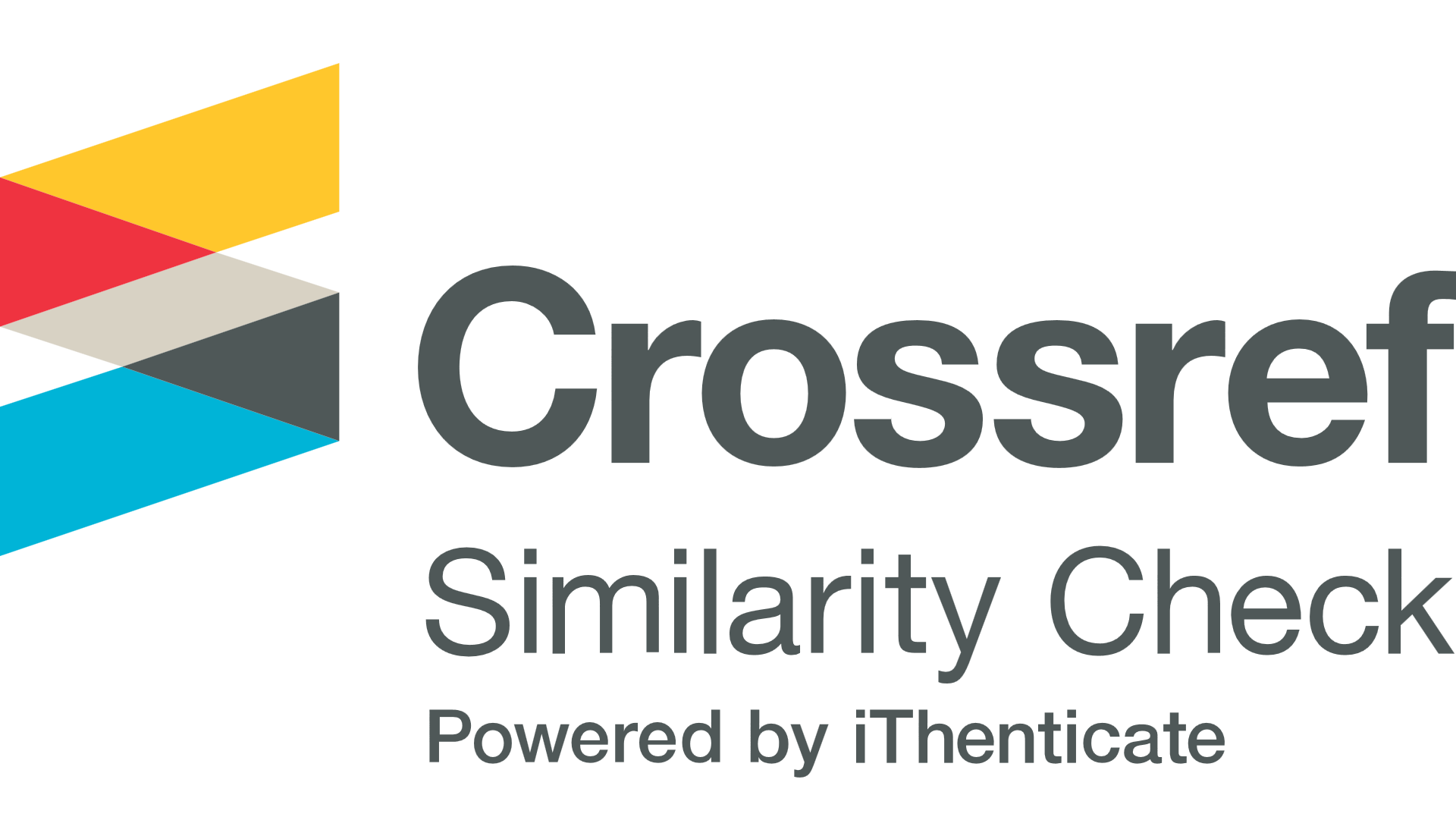Investigate Oblique Incident Alpha Particle Tracks on CR-39 Detector
Abstract
In this paper, the nuclear track detector CR-39 with a thickness of 200 m is divided to several pieces. The area of one piece is 1 x 1 cm2. This study has involved two parts. Fist part is without irradiated by alpha particles. The second is irradiated by alpha particles with energy E = 1.2 MeV using the 241Am radioactivity source and incident angles (0, 10, 30, 50)o. All samples etching with sodium hydroxide solution at a concentration of 6.25 N and a temperature of (70 1) oC. The study included calculating track parameters and comparing them with the results of the first equation from the Track-Test program. This comparison showed that there is a good agreement between experimental results and Track-Test data for track profile. In this paper, the nuclear track detector CR-39 with a thickness of 200 m is divided to several pieces. The area of one piece is 1 x 1 cm2. This study has involved two parts. Fist part is without irradiated by alpha particles. The second is irradiated by alpha particles with energy E = 1.2 MeV using the 241Am radioactivity source and incident angles (0, 10, 30, 50)o. All samples etching with sodium hydroxide solution at a concentration of 6.25 N and a temperature of (70 1) oC. The study included calculating track parameters and comparing them with the results of the first equation from the Track-Test program. This comparison showed that there is a good agreement between experimental results and





